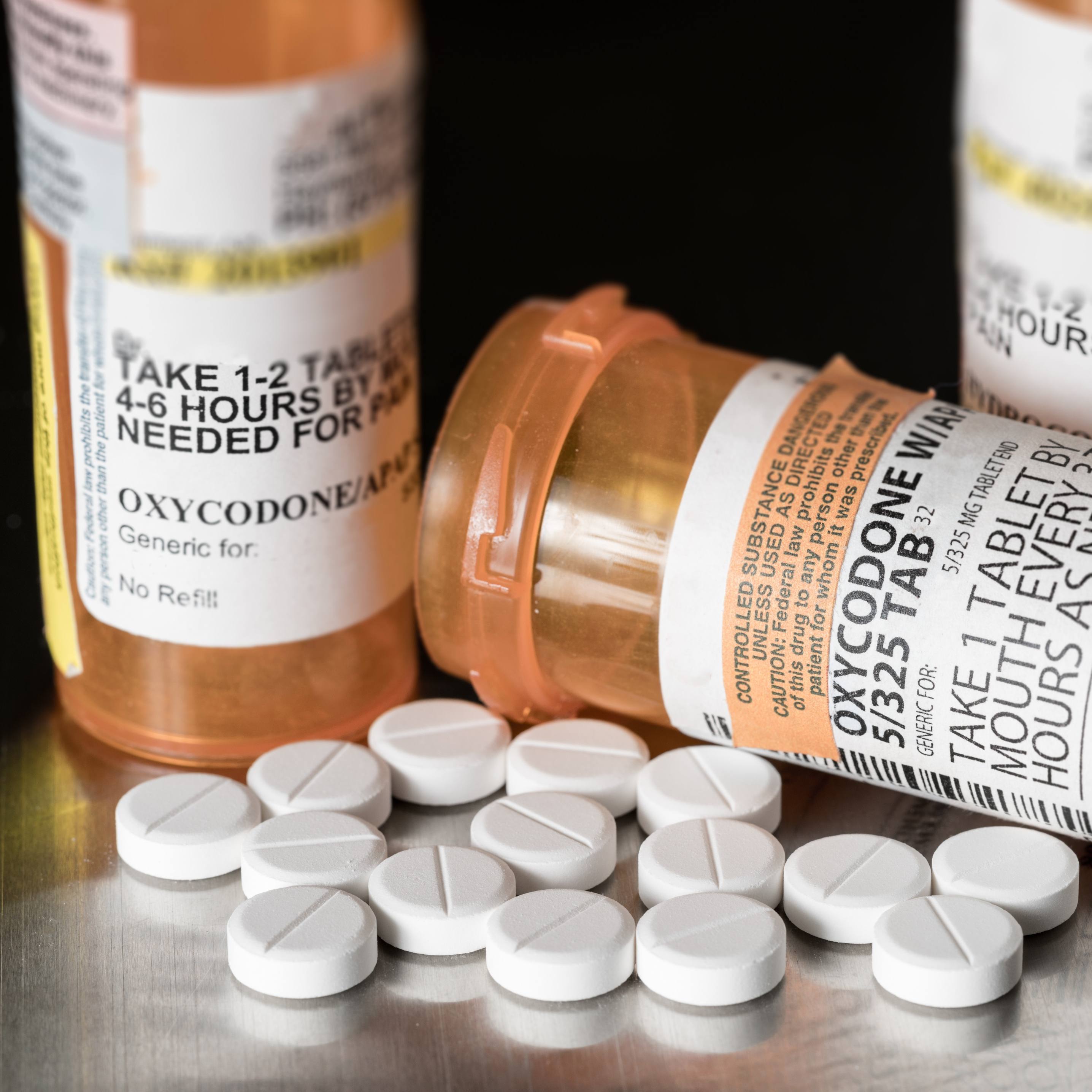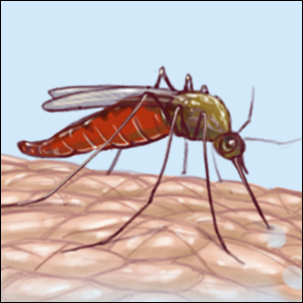-
Health & Wellness
Excess Vitamin a May Increase Risk of Osteoporosis
Excess Vitamin a May Increase Risk of Osteoporosis
April 6, 2012
Dear Mayo Clinic:
I've read that too much vitamin A can weaken bones. How much is too much?
Answer:
You are correct. Studies indicate that excess vitamin A stored in the body may increase the risk of reduced bone mineral density and lead to osteoporosis. For women, 700 micrograms (mcg), or 2,330 international units (IU) of vitamin A are recommended a day. For men, the daily recommendation is 900 mcg, or 3,000 IU. Most Americans easily reach this goal without any supplementation.
Virtually all evidence of increased risk of bone weakening from vitamin A is due to a form of vitamin A called preformed vitamin A. Preformed vitamin A comes from foods derived from animals (such as liver, eggs and milk) and from dietary supplements or foods fortified with vitamin A acetate or vitamin A palmitate.
A large study of postmenopausal women found that long-term intake of at least 2,000 mcg, or 6,660 IU, of preformed vitamin A from these sources may increase the risk of hip fracture.
In contrast, carotenoids such as beta carotene are another form of vitamin A — called provitamin A — because your body converts it into active vitamin A. Beta carotene hasn't been linked to bone weakening. Sources of beta carotene include plant foods such as sweet potatoes, carrots and kale. Beta carotene may also be used in certain vitamin supplements or in fortified foods.
Avoid excessive amounts of vitamin A by eating little if any animal liver. If you take a daily multivitamin, check the label for one that contains vitamin A from beta carotene and contains no more than the Recommended Dietary Allowance. You may also want to reduce your intake of food sources fortified with vitamin A acetate or palmitate.
Notably, 1 cup of skim milk is typically fortified with 500 IU, or 152 mcg, of vitamin A palmitate. Drinking 2 or 3 cups of milk daily to help meet your calcium requirements would leave you well below the amount of vitamin A that might increase the risk of hip fracture. By consuming a few other foods that contain preformed vitamin A and generous amounts of plant foods high in provitamin A carotenoids, you can easily meet your needs.
— Bart Clarke, M.D., Endocrinology, Mayo Clinic, Rochester, Minn.
Related Articles







